Search Images
Browse Content (p. 1144)
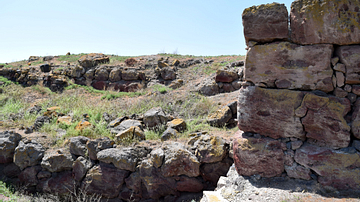
Image
Ruins at Metsamor Archaeological Site in Armenia
The ruins of the ancient Metsamor Fortress lie to the southwest of Taronik, Armenia. The area was populated from the 5th millennium BC until roughly 1700 CE. Archaeological work on the tombs located at this site began in the 1960s.
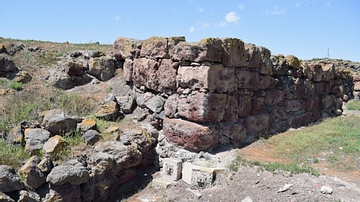
Image
Mestamor Archaeological Site
The ruins of the ancient Metsamor Fortress lie to the southwest of Taronik, Armenia. The area was populated from the 5th millennium BC until roughly 1700 CE.
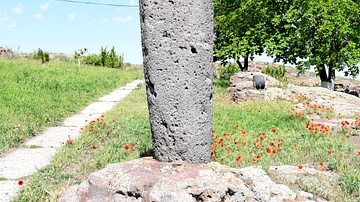
Image
Vishap Stone at Metsamor, Armenia
This Vishap stone (or "Vishapakar" in Armenian) dates from prehistoric times and sits just in front of the Metsamor Historical-Archaeological Museum-Reserve in Taronik, Armenia. Vishap stones or "serpent stones" are menhirs found across Armenia...
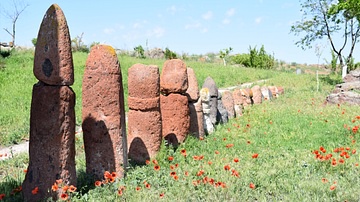
Image
Vishap Stones at Metsamor, Armenia
These Vishap stones (or "Vishapakar" in Armenian) date from prehistoric times and sit just beside the Metsamor Historical-Archaeological Museum-Reserve in Taronik, Armenia. Vishap stones or "serpent stones" are menhirs found across Armenia...
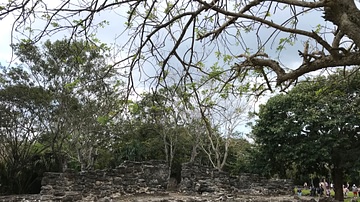
Image
Remnants of Maya Ruins at San Gervasio, Mexico
The ruins of San Gervasio — located on the island of Cozumel in Mexico — were once an important site of pilgrimage to Maya people who lived from c. 1000-1650 CE. A sanctuary of the Maya goddess Ix Chel used to be located at this location...
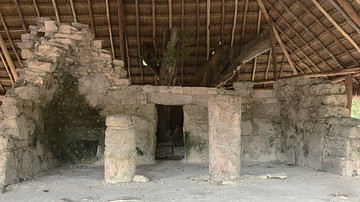
Image
The Maya "Alamo" Structure at San Gervasio
This temple was originally roofed although part of its vaulting, shaped like an inverted staircase, can still be seen on its southern side. There was once an altar within, where offerings were placed in Pre-Columbian times. The building was...
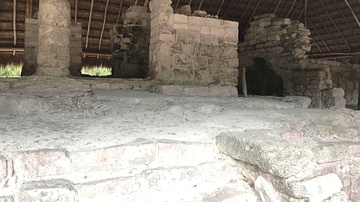
Image
The Maya "Murals" Structure at San Gervasio
Aptly named, this Maya structure contains fragmented murals that were painted with vivid colors of red, blue, ochre, and black. They were originally covered with geometric motifs, stepped lines, Grecians frets, and spirals. This structure...
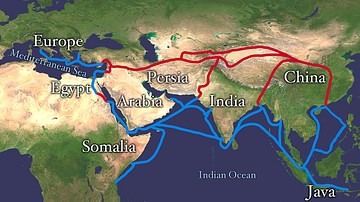
Image
Map of the Silk Road Routes
This map indicates trading routes used around the 1st century CE centred on the Silk Road. The routes remain largely valid for the period 500 BCE to 500 CE.
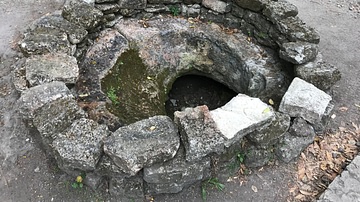
Image
Sacred Maya Cenote at San Gervasio
This sacred Maya cenote or ceremonial sinkhole is located at the ruins of San Gervasio, which is located on the island of Cozumel in Mexico.
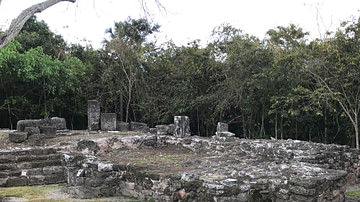
Image
Maya Ossuary Structure at San Gervasio
This structure located at the Maya archaeological site of San Gervasio on the Mexican island of Cozumel was so named as numerous human remains were found inside during archaeological excavation. The temple no longer exists, but it originally...